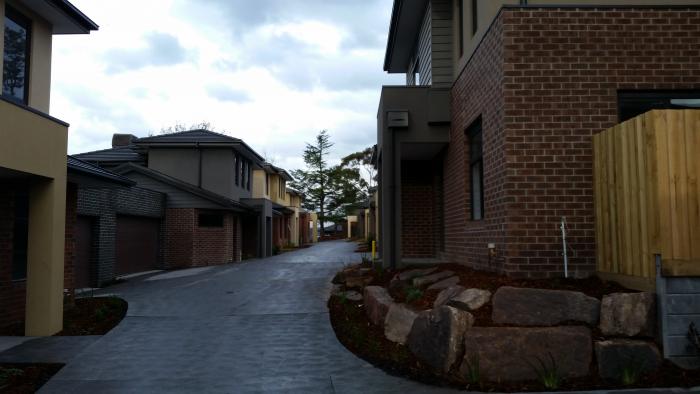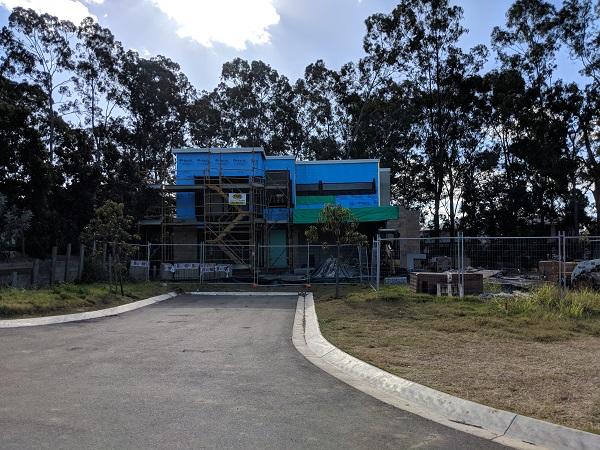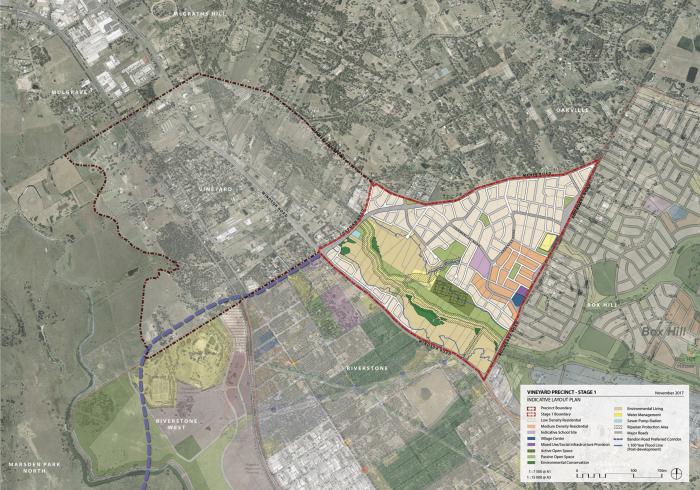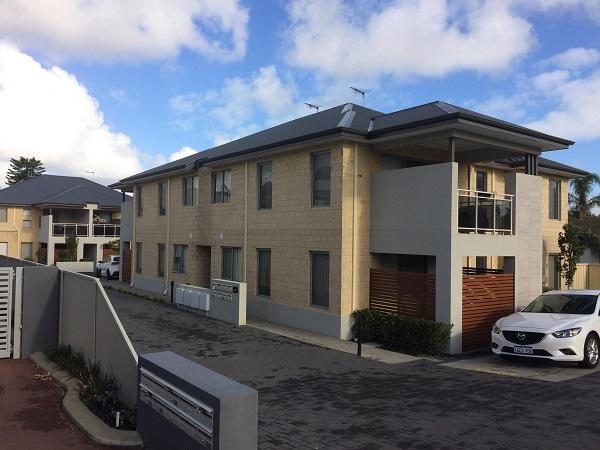Subdividing land in Victoria
Victorians are subdividing land at an exceptional pace- backyard developers are key players in the state government’s ambitious housing infill targets. Plan Melbourne predicts Melbourne to grow to a city of 8 million people by 2050 and aspires for 70% of new dwellings to be provided within existing urban areas. For this figure to be met, every Melbourne council will need to provide on average close to 1,000 new dwellings every year for the next 30+ years. Small lot property subdivision will be a key instrument in facilitating this. It will be a big challenge for state and local governments to provide for this level of change while maintaining valued character and liveability. Melbourne’s road network is already congested and would be unimaginably so unless changes are made to reduce reliance on car based transport and a move towards public transit oriented development. Shifts in strategic planning are moving toward alleviating this problem.
With vacant land now selling across metropolitan Melbourne well north of $300,000, the economics of subdividing land to take advantage of under-used space on existing properties is compelling. In addition to the economic windfall that a landowner can achieve through land subdivision there are environmental, social and economic benefits to the community that arise from the densification of existing suburbs. Planning policies are increasingly recognising the need for urban infill development and the benefits it brings. The self-interested opponents of such change, the ‘NIMBYs’, are increasingly becoming aware of the need to provide for change in order to protect Melbourne’s much valued liveability.

A multi-dwelling development in Croydon, Victoria
Subdividing land in QLD
In August 2017, the Queensland Government released the South East Queensland (SEQ) Regional Plan, Shaping SEQ 2017, which provides a 50-year vision for SEQ and maintains a 25-year planning horizon for its strategies, land supply and population estimates. Subdividing land is an important part of the housing strategy. South east Queensland’s population is expected to grow by approximately two million people to 5.3 million by 2041—creating a need for, on average, more than 30,000 new dwellings each year between now and then. A large proportion of these new dwellings are to be accommodated as infill development, which includes the subdivision of existing residential land.

Fig Tree Pocket Subdivision, Queensland
Subdividing land in NSW
Urban councils across NSW are growing, due to systematic increases in densities in suburban centres. The increase in population isn’t only driven by overseas migration, it is also the result of people living longer, more babies being born and many people moving to NSW from interstate for employment and lifestyle opportunities.
To appropriately plan for this growth in a coordinated manner, NSW Department of Planning and Environment works with local councils asking them to identify suitable areas for rejuvenation and increased density. These are areas that usually have good access to existing or planned public transport connections and evolve into Planned Precincts, which focus on providing priority infrastructure including schools, parks, transport, hospitals and road upgrades. Land within the precincts previously zoned for rural uses or for low density residential get rezoned to higher density zones and this land becomes a prime infill development target. This increase in density in Structured Precincts will open up more land for subdivision and infill development now and well into the future. The Department of Planning and Environment predicts that housing will need to be found for 2.7 million additional people over the next 20 years. Ever greater challenges and opportunities for savvy investors will be available to tackle development opportunities in the fast growing state of New South Wales.

A precinct plan in NSW
Subdividing land in WA
In Western Australia, subdividing land has been growing in popularity as an investment strategy over the past decade. In 2010, State Planning released the Directions 2031 policy. A key element of this policy was giving local councils time oriented infill targets, in an effort to curb Perth’s urban sprawl and provide development opportunities for housing in existing suburbs. The April 2018 release of the Perth and Peel @ 3.5 Million strategy document by the Planning Department has solidified the states position on meeting at least half of Perth’s required 800,000 new homes over the next 30 years with infill development.
This has prompted ongoing density re-zoning throughout metropolitan Perth, turning pockets of working class suburbs into property goldmines overnight. Infill development has consolidated local government infrastructure spending by transferring costs to developers, and created more rate-paying households. The strategy has also been a money maker for investors. Purchasers on a hold strategy have seen no real growth in Perth’s housing market for nearly 10 years so subdivision has provided the only appreciable property returns for this period.

Multiple dwelling site in WA
For all general subdivision enquiries and assistance getting your project underway, contact the respective professional in your state for some expert advice today.
Western Australia
FLYNN Subdivision Experts
Markus ph. 0403984155
[email protected]
Queensland
AAD Studio
Liam ph. 07 3368 2211
[email protected]
Victoria
Millar|Merrigan
Duncan ph. 03 8720 9500
[email protected]
New South Wales
Suburban Town Planners
Melissa Neighbour ph. 0499224064
[email protected]